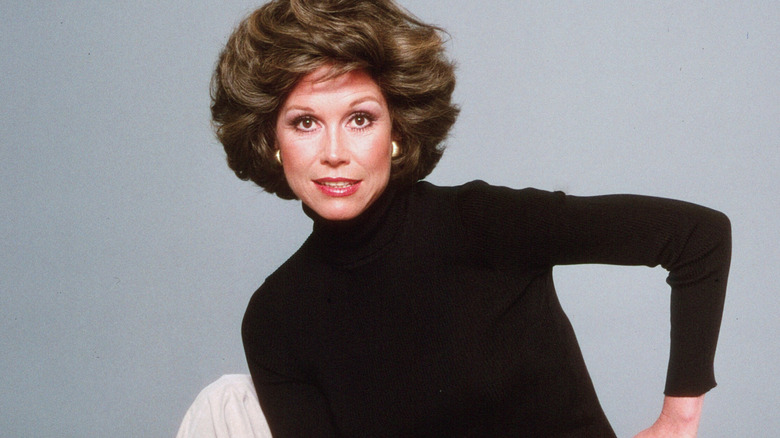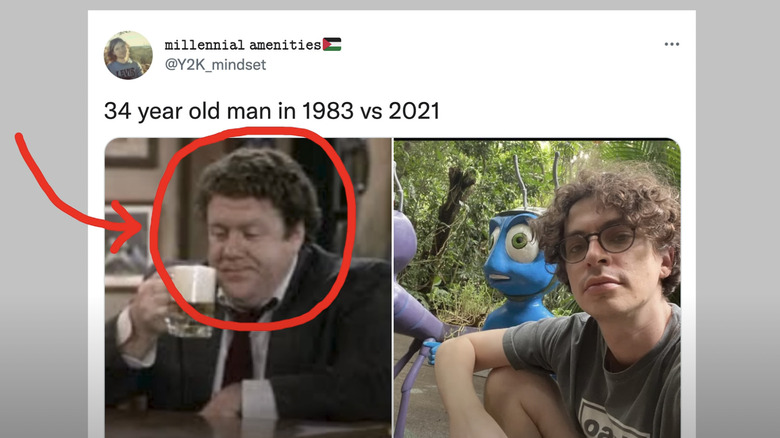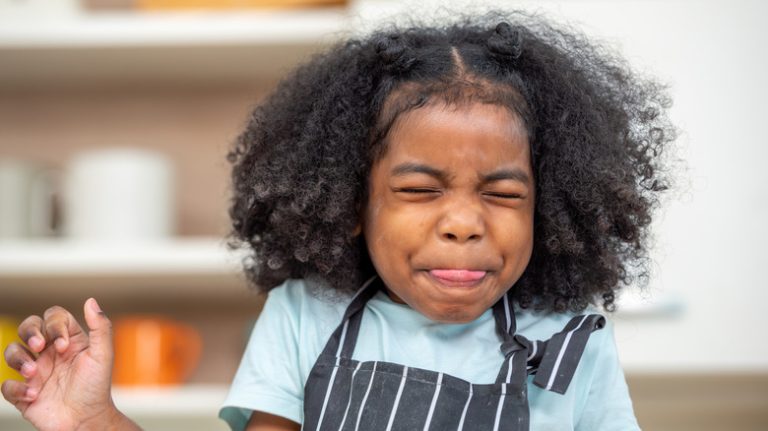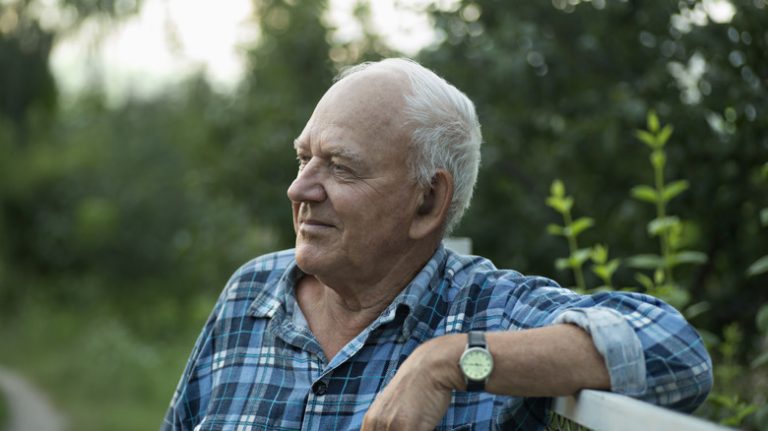Whether it’s a film from the 1950s or a commercial from the 1980s, you might have observed a common trend: People in the past often appeared older than their actual age. It wasn’t just a select few who seemed to be around 50 while only in their early 30s or younger; it was a widespread phenomenon. The explanation? Retrospective aging.
According to educator and public speaker Michael Stevens, retrospective aging is when individuals from earlier eras appear older. What makes retrospective aging intriguing is that it’s an illusion tied to how people dressed and styled themselves in the past, leading us to associate such looks with specific decades. For instance, we might see an 18-year-old woman dressed in the popular fashion of the 1960s, with her hair and makeup styled to match the era, making her appear as though she is in her 40s, rather than the teenager she truly is.
“We think people looked older in the past because they resemble how older individuals look today,” stated Stevens in one of his videos on his YouTube channel Vsauce. He explained that although styles change, people often remain attached to the look that defined their youth. After all, there’s a common belief that individuals should dress according to their age, so many opt to play it safe, sticking to what they know. However, the reason for this isn’t merely perception, illusion, or how our brains make associations; there’s more to it.
People are aging slower

Not only are people living longer, but the aging process has decelerated, which can also help explain why individuals in their 30s today look their age or even younger, unlike those from older generations who appeared to be in their 50s or 60s. According to a 2015 study published in Cold Spring Harbor Perspectives in Medicine, “survival time” has been extended due to medical advancements and improvements in public health. The research referenced a study in Sweden that found elderly Swedish men are actually three to four years younger biologically than men of the same age in previous generations. In other words, while their birth certificate remained the same, their bodies faced challenges and functioned at a younger biological age, largely due to lifestyle differences from earlier generations.
For instance, smoking, a major factor in accelerating aging both externally and internally, has been on the decline. According to a January 2024 report published by the World Health Organization, while 1 in 5 adults smoked cigarettes in 2000, by 2022, that figure had dropped to 1 in 3. Additionally, more people are now using sunscreen. “We’re more aware of the sun’s damage and the importance of wearing SPF, alongside leading a healthy lifestyle, not smoking, and avoiding environmental dangers that can harm our skin,” dermatologist Dr. Ross Perry told Dazed. And these are just the natural changes we’ve made as a society. When we consider Botox and other cosmetic surgeries, we enter another realm of aging more slowly.
Things are also easier now
For the most part, if you’re a millennial or a Gen-Zer, life has been relatively easy compared to past generations. The Silent Generation, those born between 1928 and 1945, faced WWII and The Great Depression – experiences that could undoubtedly have a negative impact. While the Boomers were fortunate in many ways, benefiting from economic growth post-WWII and the ability to purchase homes, their generation still faced challenges such as the Vietnam War, the Bay of Pigs, and the assassination of three major political figures that changed history. Although Gen X, millennials, and Gen Z have encountered some hurdles, they haven’t aged in the same way previous generations did due to external factors.
So, will you appear like Norm from “Cheers” to future generations when you’re only 34? That’s uncertain. It depends on how much fashion and style evolve and what life throws your way.




